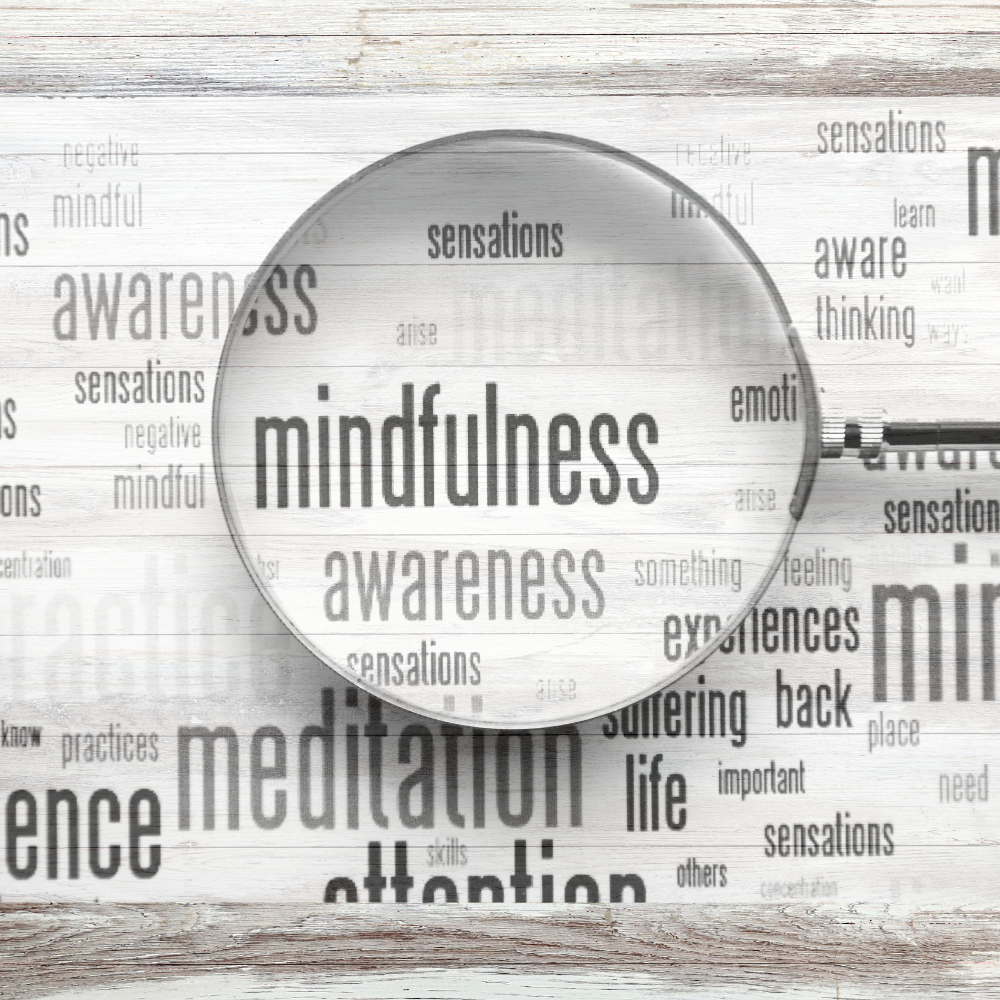- Home
- News Feed
- MEC
- Committees
- ‣See All
- ‣Benefits
- ‣Central Schedule
- ‣Comms
- ‣Contract Interp
- ‣EAP & Pro Standards
- ‣European Affairs
- ‣Government Affairs
- ‣Grievance
- ‣Hotels & Transport
- ‣Human Rights & Equity
- ‣Membership Engagement
- ‣Negotiating
- ‣Reserve
- ‣Retiree Med Plan
- ‣Retirement Board
- ‣Safety, Health & Security
- ‣System Board
- ‣Uniforms
- Councils
- Resources
- Reports
- Public Area
- Home
- News Feed
- MEC
- Committees
- ‣See All
- ‣Benefits
- ‣Central Schedule
- ‣Comms
- ‣Contract Interp
- ‣EAP & Pro Standards
- ‣European Affairs
- ‣Government Affairs
- ‣Grievance
- ‣Hotels & Transport
- ‣Human Rights & Equity
- ‣Membership Engagement
- ‣Negotiating
- ‣Reserve
- ‣Retiree Med Plan
- ‣Retirement Board
- ‣Safety, Health & Security
- ‣System Board
- ‣Uniforms
- Councils
- Resources
- Reports
- Public Area
 By AFA Employee Assistance Program/Professional Standards Committee
By AFA Employee Assistance Program/Professional Standards Committee
Do you find it hard to stay focused on one task at a time? Do you find yourself daydreaming? In our interconnected world, it is hard to live in the moment. Our technology and busy schedules keep us moving from one thing to the next. Learning how to gently pull your attention towards the present is a unique skill that can help improve both physical and mental health.
Stress and anxiety can be constant distractions from the present, which can include worries about both the past and the future. While these concerns may be valid, it is important to regularly take a few minutes to notice your environment, your breath, and even your posture. The following are two ways to help you stay present through mindfulness and other sensory exercises.
What is Mindfulness?
In 1979, Mindfulness was developed in a hospital setting for patients with chronic pain. But all of us possess the ability to practice mindfulness in our natural environment and obtain benefits from it. People generally report feeling calmer or more refreshed through Mindfulness. It focuses less on control and more on awareness – of our thoughts, sensations, and our breath. Remember, Mindfulness is a skill and does take practice. As a result, it might take a few times to get the hang of it. Consider this exercise below:
- Find your favorite guided meditation website or app. Widely used apps include Calm and Headspace. YouTube also has great videos such as this one to get started. Here is another good choice.
- Sit comfortably in a chair with your hands, palm-side down, and your back and bottom gently supported.
- Listen to the prompts in the video. The goal is to become more aware of each breath, the pattern of breathing, and the sensations of your body. Simply notice what is happening around you and inside your mind, without judgement.
How can I use my senses to stay present?
Humans have a very powerful sensory system. It helps keep us alert when we’re anxious, but it can also help us relax. Here are a few sensory exercises for each of your senses, to help you stay present.
- Smell: Notice and take time to absorb your favorite smells around you. It could be the smell of flowers, fresh-baked cookies, or your oil diffuser.
- Taste: Find and savor samples of your favorite foods. They could be spicy, sweet and sour, or warm and comforting.
- Sight: Adjust lighting in your space to warm and soothing tones. Focus your eyes on an object or image that brings joy or calm.
- Sound: New research is emerging about brown noise. Consider the wonderful genre of Lo-Fi music.
- Touch: Clothe or surround yourself with tactile comforting objects, like a favorite sweater or blanket.
While all of these individual ways to care for ourselves are essential to our overall well-being, what matters most is recognizing our individual limitations and, more to the point, when we’ve reached those and need someone to listen to us as we work our way through personal challenges. Keep in mind, our dedicated peer professional EAP/Professional Standards representatives are always available and just a phone call away 800 424 2406.